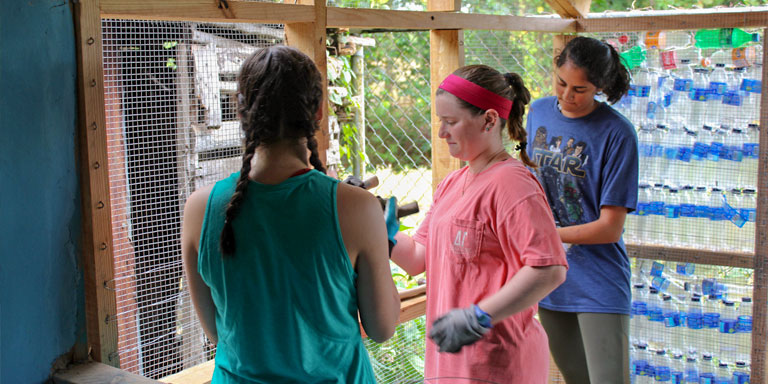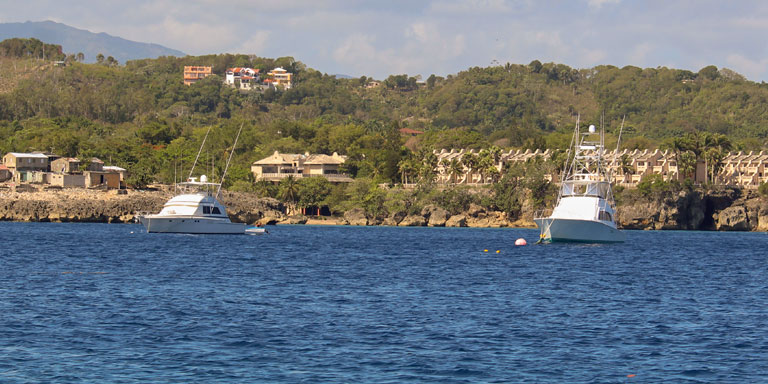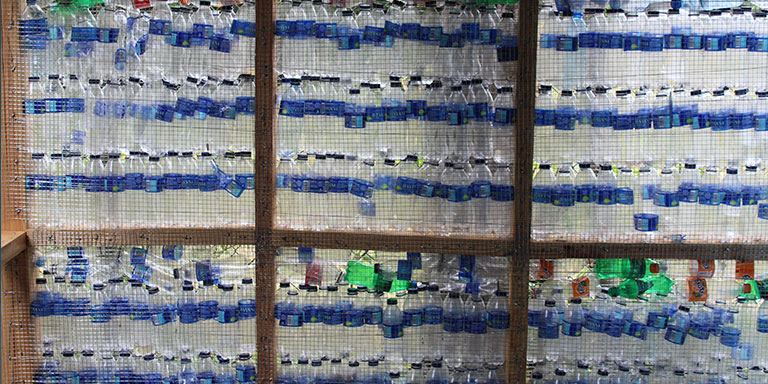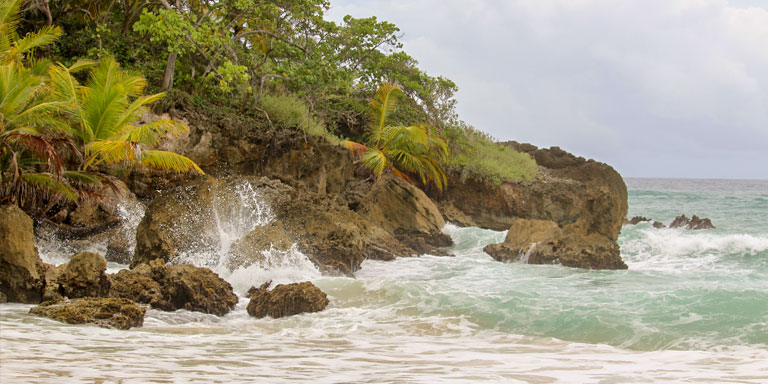Rachel Penumadu: Student Report from 2018 Alternative Fall Break to the Dominican Republic

The Dominican Republic is largely known for its crystal-clear water and white sand beaches, and as a large tourist attraction for people across the world. With its economy depending largely on revenues from tourism, it is imperative for the tourists to repeatedly visit and spend their money in order to support and sustain local families over varying generations.
While I traveled with the Tickle College of Engineering’s Global Initiatives program, I was able to experience not just the picturesque side of the Dominican Republic, but I was able to spend time with the local residents of the community of Cano Dulce. Geographically, the community is located in the mountains about an hour away from the closest beach.

The community of Cano Dulce consists of largely lower-income families who live well below the poverty line of the United States. Most of these families reside in a small concrete house with two bedrooms and a kitchen, and that the same house serves over three generations of family members, from grandparents to grandchildren. Most of these houses do not have any type of air-conditioning and the families rely on the temperate climate of the Dominican Republic to ventilate their houses throughout the year.
In addition, within the past few years, the community has received access to running water that is somewhat cleaner in comparison to what the families were using before from natural sources. As a group of engineering students, we worked alongside the Discover Corps company, a nonprofit organization committed to promoting sustainability and housing access to residents of the Cano Dulce community.
In our week there, we assisted with putting up the walls of a kitchen in a house that the Discover Corps company had already started to help build. In order to do this, the basic wooden framework was laid out, and it was our job to nail up a wire mesh. Then, we had to wire the walls because the walls were going to be filled with recycled plastic bottles. Not only was this a good use of the trash from the local community but also the plastic bottles served as an insulating component for the house.

After we filled the walls with the bottles, we had to concrete the walls. This process involved the actual process of physically mixing the cement, sand, gravel, and water together, making for an extremely laborious process! With our tiny team of six, we were only able to complete one and a half walls in our short time there.
In addition to working in the community, we met a lot of the locals. By locals, I mean the wild dogs that never wanted to leave us alone all day on the worksite! Nonetheless, it was very educational to watch how the people of the Cano Dulce community live their day to day lives and some of the sustainable practices they abide by in order to keep the Dominican Republic a beautiful place.

One of the coolest experiences was meeting a local beekeeper and tasting his organic and all natural honey, it was nothing like I have ever tasted in the states.
While we were only in the Dominican Republic for a week, I gained a lifetime of appreciation for what the people of the Dominican Republic do in order to sustain their home. Sustainability and recycling are essential for the longevity not just in the Dominican Republic but the earth as a whole; this trip enlightened me as to just how vital these eco-friendly practices are!